TLH 200: An evolving list of 200 history makers who shaped Tallahassee of today
The TLH 200: Gerald Ensley Memorial Bicentennial Project is proud to present our rolling list of 200 people who laid the foundation and contributed to the growth of the civil society we find today in Tallahassee.
As the city commemorates the 200th anniversary of its founding, the Tallahassee Democrat and Real Talk 93.3 have cast a wide net to find artists, educators, civil rights leaders, politicians, athletes, builders, business titans and neighborhood icons who have earned a spotlight.
But we need your help.
You can email your suggestions of candidates to be profiled and other suggestions to history@tallahassee.com. And listen to Greg Tish’s morning show on Real Talk 93.3 where we'll discuss the legacy of these history makers.
The only condition is that those featured below must be deceased. Ten names will be added twice a month, so be sure to check back for updates.
Without further ado...
Reverend Charles Kenzi "C.K." Steele (1914 - 1980)
In 1956, a coal miner’s son from West Virginia built a vehicle for the nonviolent resistance to segregation and in the process became the man considered Tallahassee’s greatest civil rights champion.
After two Florida A&M University coeds were kicked off a City of Tallahassee bus for violating rules of segregation and the Klu Klux Klan burned a cross that night on the front lawn where they lived, the Rev. Charles Kenzie Steele organized the Inter-Civic Council to rally African-Americans and churches to boycott the bus system.
With the backing of students from both universities and the city churches, the ICC organized a car pool for residents to travel about town. Ridership on buses dropped 60% and the group was fined $11,000 for illegal carpooling.
More crosses were burned, gunfire was reported outside of Steele’s house, the KKK marched on Bethel Missionary Baptist church.
The ICC stood firm.
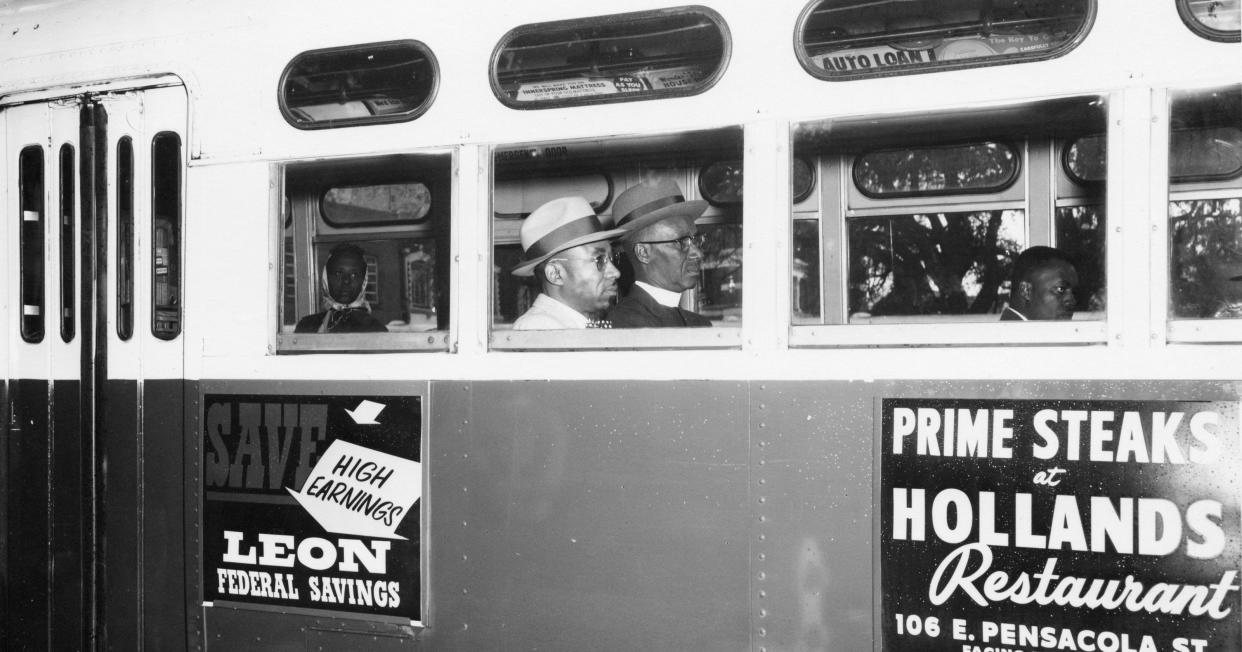
Know their names: A roll call of civil rights leaders who helped shape Tallahassee
The boycott ended in December 22, 1956, and days later the city commission passed an ordinance that repealed the segregation of city busses. In 1958, the first Black bus drivers were hired.
A statute of Rev. Steele stands at the downtown bus station at Tennessee Street and Adams. For a time, according to the Florida Civil Rights Hall of Fame, it was the only statute of a person in Florida’s capital city to stand.
Samuel Mendelson (1886 - 1980)
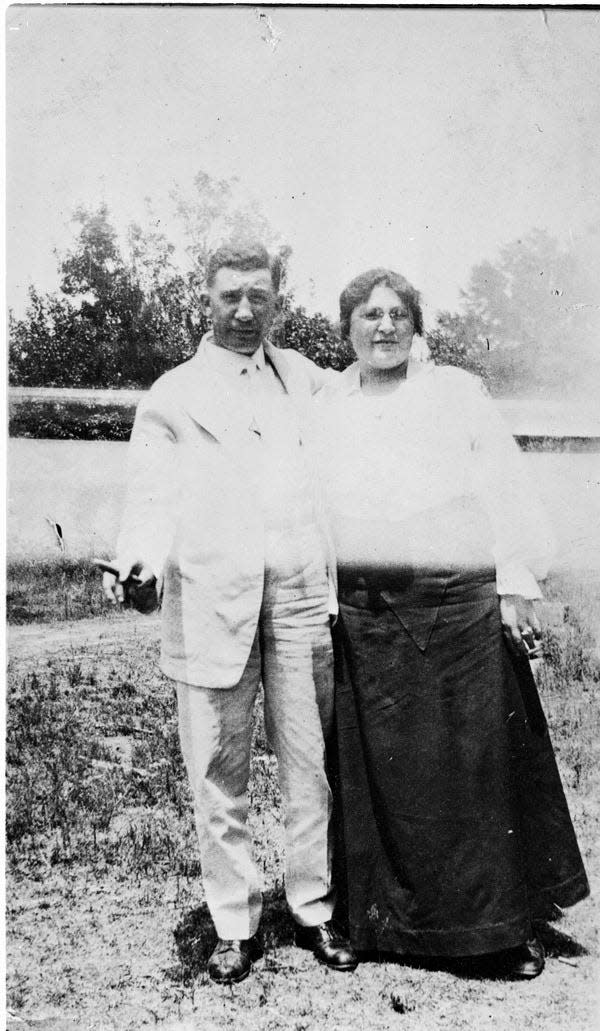
Samuel Mendelson came to the capital city in 1912 and became a Tallahassee household name that earned a shoutout on a national news broadcast.
Romanian immigrants Samuel and Janie Mendelson opened Tallahassee’s first department store, Mendelson’s shortly after their arrival in town on Jefferson Street in the vicinity of where City Hall stands today.
When they moved the store to South Monroe in the 1930s, they ushered the city into the future, according to historian David Brand. The store featured Tallahassee’s first elevator and an in-store vacuum tube ordering system. According to his descendants, it also was the first white establishment in town to address Black customers as Mr. or Mrs. instead of just a first name as was the custom.
When the store burned to the ground in 1967, it was the second largest fire in Tallahassee history, recalls resident Bill Chandler. It even captured the attention of CBS National News by Walter Cronkite.
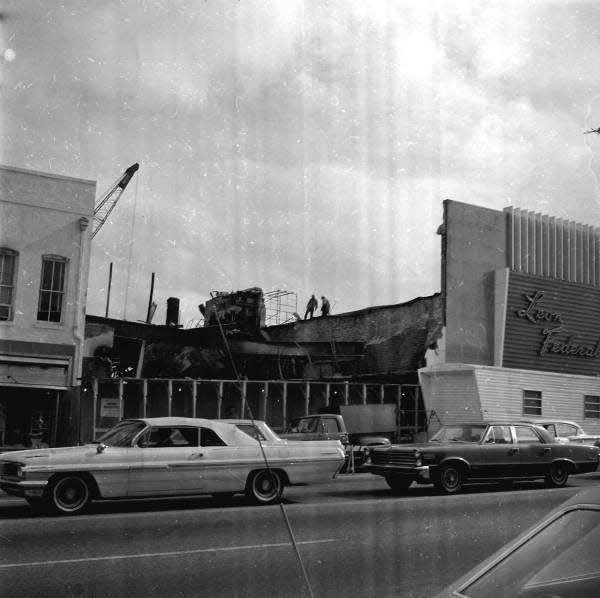
It also started the migration of stores out of downtown to the newly built Northwood Mall, where Mendelson’s served as an anchor.
In the early 1930s Samuel Mendelson gathered a handful of Jewish families to his living room to discuss the founding of what became Tallahassee’s first Jewish house of worship. Samuel’s great-granddaughter Heather Mendelson Simon said, “This was the genesis (no pun intended) of Temple Israel,” which Samuel served as honorary president until his death in 1980.
Ben Page Jr. (1921 - 1987)
Ben Page Jr, set the direction of recreation standards in Tallahassee for 38 years. Ben was the captain of the 1939 Leon High School football team and a World War II Navy veteran. He joined a three-person Tallahassee Parks and Recreation Department in 1946.
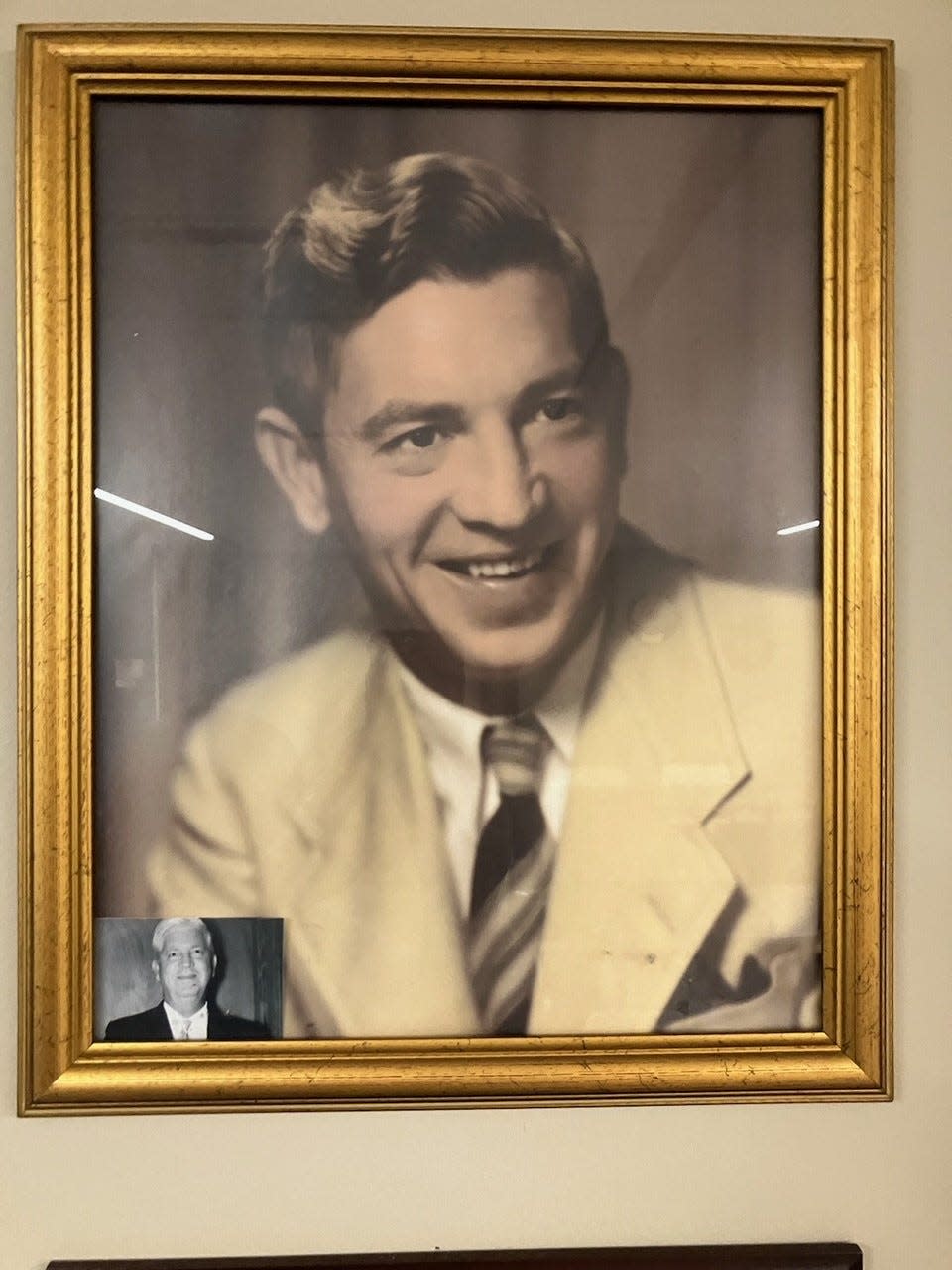
Park Director Ralph Carter left the next year to join the Navy. Ben became director. He fell in love with the remaining staffer. Ben and Ruby Ebert were married the next year. Ruby left the department in the early 1950s – but stayed involved with the parks while the couple raised three children.
TPRD staff said most Ben Page stories they know include Ruby, who was repeatedly referred to as Mrs. Ben Page in 1950s newspapers accounts of her work with the scouts and other youth groups.
Page organized, coached, and officiated youth baseball, softball, football and golf for 38 years, retiring in 1984.
He passed away in 1987. Ruby passed in 2011. They were married for 63 years.
Today the parks department has a $3 million budget, and a full-time staff of 214 that is backed by hundreds of volunteers who provide activities for tens of thousands of children annually.
A plaque and photo designate the community room at Tallahassee Parks and Recreation Department Myers Park in Ben Page's honor.
Ella Scoble Opperman (1873 – 1969)
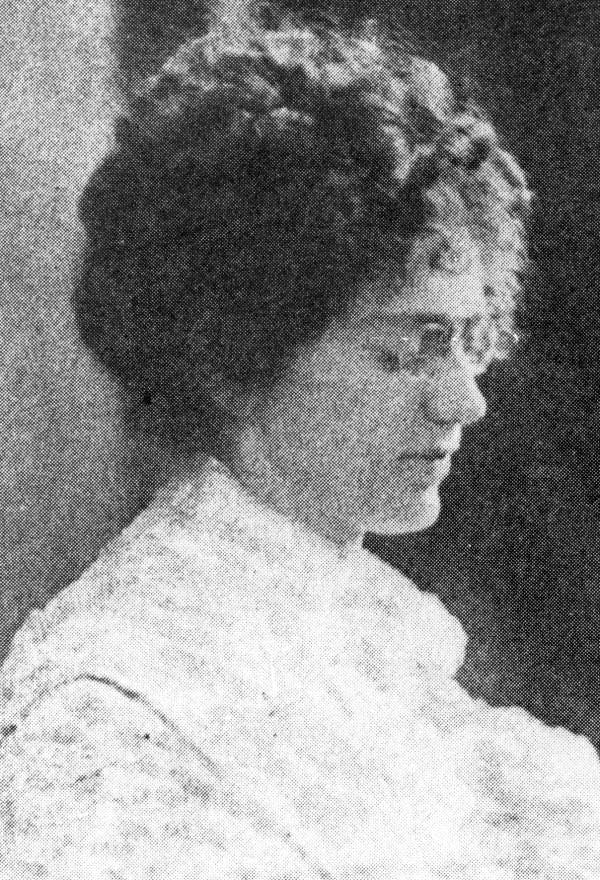
Auroa, Indiana, native Ella Scoble Opperman was a bold pianist and her legacy continues to entertain and draw attention to Tallahassee to this day.
Florida State College for Women President Edward Conradi hired Opperman in 1911 to develop a curriculum leading to a bachelor's degree in music.
Upon arrival in Tallahassee, Opperman who had studied in Berlin and Paris, commented on the inconvenience of horse-drawn wagon ruts in the streets of Tallahassee.
Nonetheless, she proceeded to attract students and internationally famed musicians to come to Tallahassee and inspire her students.
Among the performers who made the trip to what was then a North Florida village of 5,000 people, were John Phillip Sousa, the Russian Symphonic Choir, The New York Strings Quartet, and pianist Vladimir Horowitz.
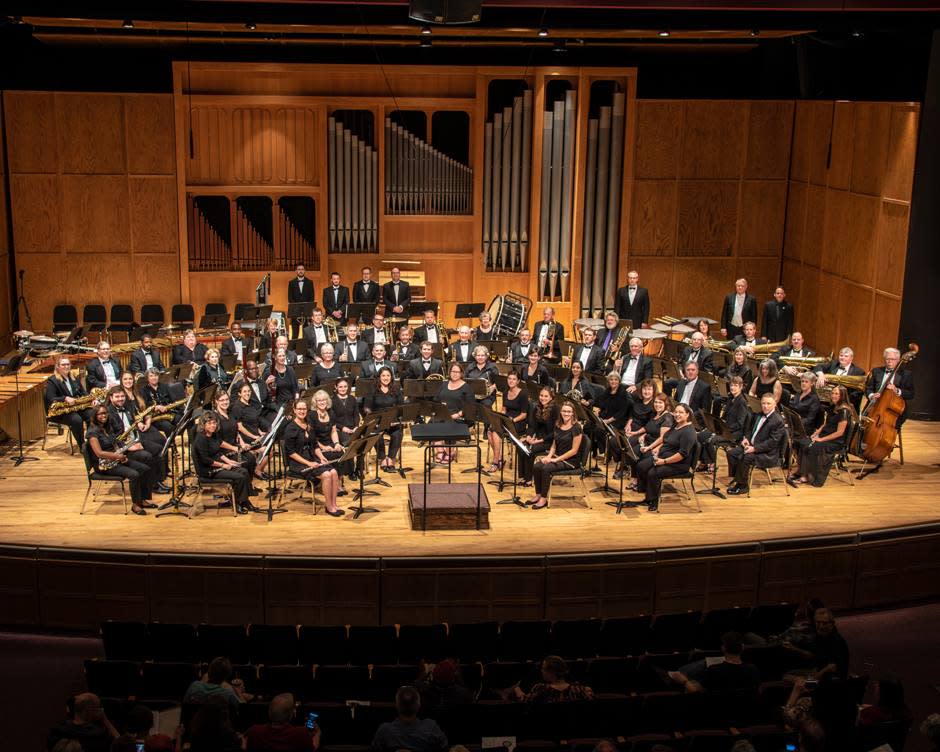
Opperman called the annual performances between 1911 and 1944, The Artist Series. They are the precursor of today’s Opening Nights festival of concerts.
Ella Scoble Opperman secured FCSW membership in the National Association of Schools of Music, and graduated hundreds of students with B.A. and Master’s degrees by the time she retired in 1944.
The FSU College of Music web page credits her with building “the strong foundation upon which (it) stands.”
Ernest Ponce De Leon (1948 - 1988)
Tallahassee police officer Ernest Ponce De Leon was shot and killed in 1988 while assisting another officer during a suspicious vehicle call at Levy Ave. and Lake Bradford Road that turned out to be carrying escaped prisoners from Maryland.
He was the first TPD officer killed in the line of duty in the department’s 143-year history.
His death plunged the city into a deep grief.
The funeral procession stretched three miles from Betton to the I-10 overpass on Thomasville Road. Children stood along the route waving American flags. The Democrat reported motorists pulled over, got out their cars and placed a hand over their hearts.
Officer Ponce De Leon was known around town as Ernie, for his work with underprivileged children and for being a friend.
While the city mourned, Democrat reader Diane I. Mack wrote a letter to the editor recalling how she met Ernie when he cat sat for her neighbor.
“He fit my image of the ideal policeman, which was instilled in me as a child. He was there to help and look out for each of us in our community,” wrote Mack.
The police department still recognizes his death and legacy each year.
Nan Boynton (1951 - 2002)
Nan Boynton was just eight years old when her family was named “Leon County’s Outstanding Farm Family” of 1959.
At 25, she planted the seeds for a ten-acre arts park in a former industrial site between Florida State and Florida A&M universities, while launching a successful career in business and raising two children.

Boynton had an idea in 1976 that germinated into today’s Railroad Square. The project was described by the Tallahassee Democrat as a combination of “business brains and love for the arts.”
It started with space for student potters and painters. The “May Fair” in 1980 was a festival to show off the artists’ work to the public and the precursor to the now popular “First Fridays at Railroad Square, Tallahassee’s longest-running monthly event of its kind.
Later, Boynton served on the Board of Killearn Properties and was a co-developer of Ox Bottom Manor. She also founded the 621 Gallery.
A brightly colored mural of her is among the many public art works at Railroad Square and depicts her dynamic spirit.
Wilhelmina Jakes and Carrie Patterson
Six months after Rosa Parks sparked the bus boycott in Montgomery, two Florida A&M University coeds did the same thing.
Wilhelmina Jakes and Carrie Patterson sparked the first organized protest and successful challenge to racial segregation and discrimination in the city.
They stepped into a crowded city bus at South Adams Street and FAMU Ways on May 27, 1956 and took seats next to a White passenger and were arrested on the charge of inciting a riot.
What happened next would reverberate across the south, according to local historians.
A cross was burned on their front lawn that night. The NAACP, churches, and students rallied to their side. A coalition of Black leaders formed the Inter-Civic Council. With students, they organized a carpooling service while boycotting the bus system.
“It is impossible to overestimate the significance of the bus boycott in Tallahassee civil rights history... it sowed the seeds of discontent that would eventually flourish in a protest movement against the very foundation of southern society,” said Glenda Rabby, author of “The Pain And The Promise,” the seminal book about the Tallahassee civil rights movement.
Jakes would earn a degree in education and teach for 33 years in South Carolina. She died in 2010. Patterson was murdered in 1969 in a case that remains unsolved.
A historical marker commemorating Jakes and Patterson’s arrest is at South Martin Luther King Boulevard and West Palmer Avenue.
Anita Davis (1937 - 2021)
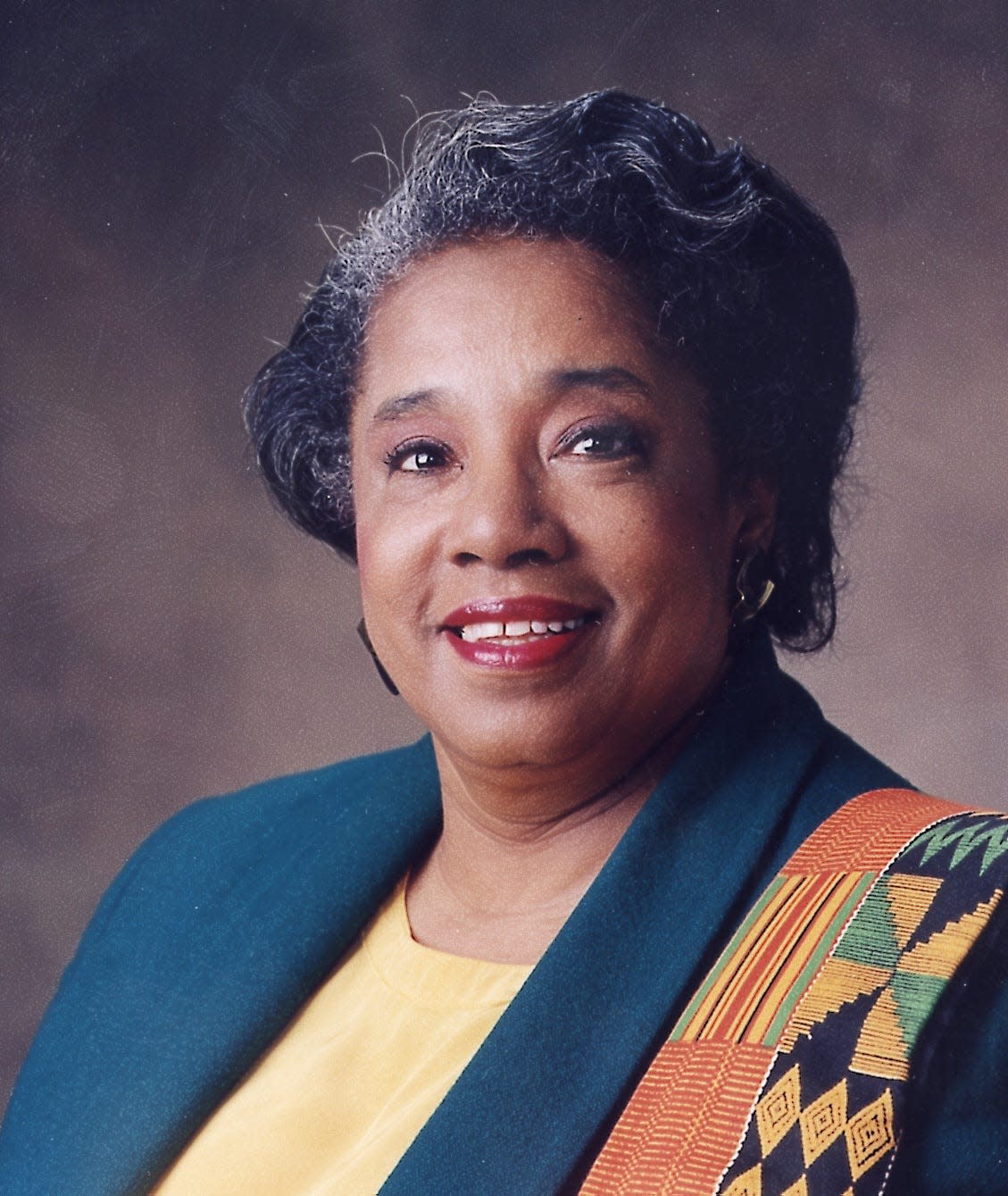
Anita Davis arrived from New York in 1979 and went about changing the fabric of Tallahassee, in the words of retired City Manager Anita Favors.
Two years after coming to town, Davis was elected to lead the Tallahassee Branch of the NAACP. That was the platform she used to file lawsuits to force the Leon County School Board and County Commission to create single-member districts.
She argued in court in 1986 that county-wide at-large elections prevented the election of minority candidates, neither board had had an elected Black member.
Davis won the argument and four years later when single member districts were created, she became the first Black woman elected to the County Commission.
Davis represented District 1 for six years and is credited with construction of a branch library on the Southside, restoration of Lake Henrietta, parks in Woodville and a health clinic on Old Bainbridge Road.
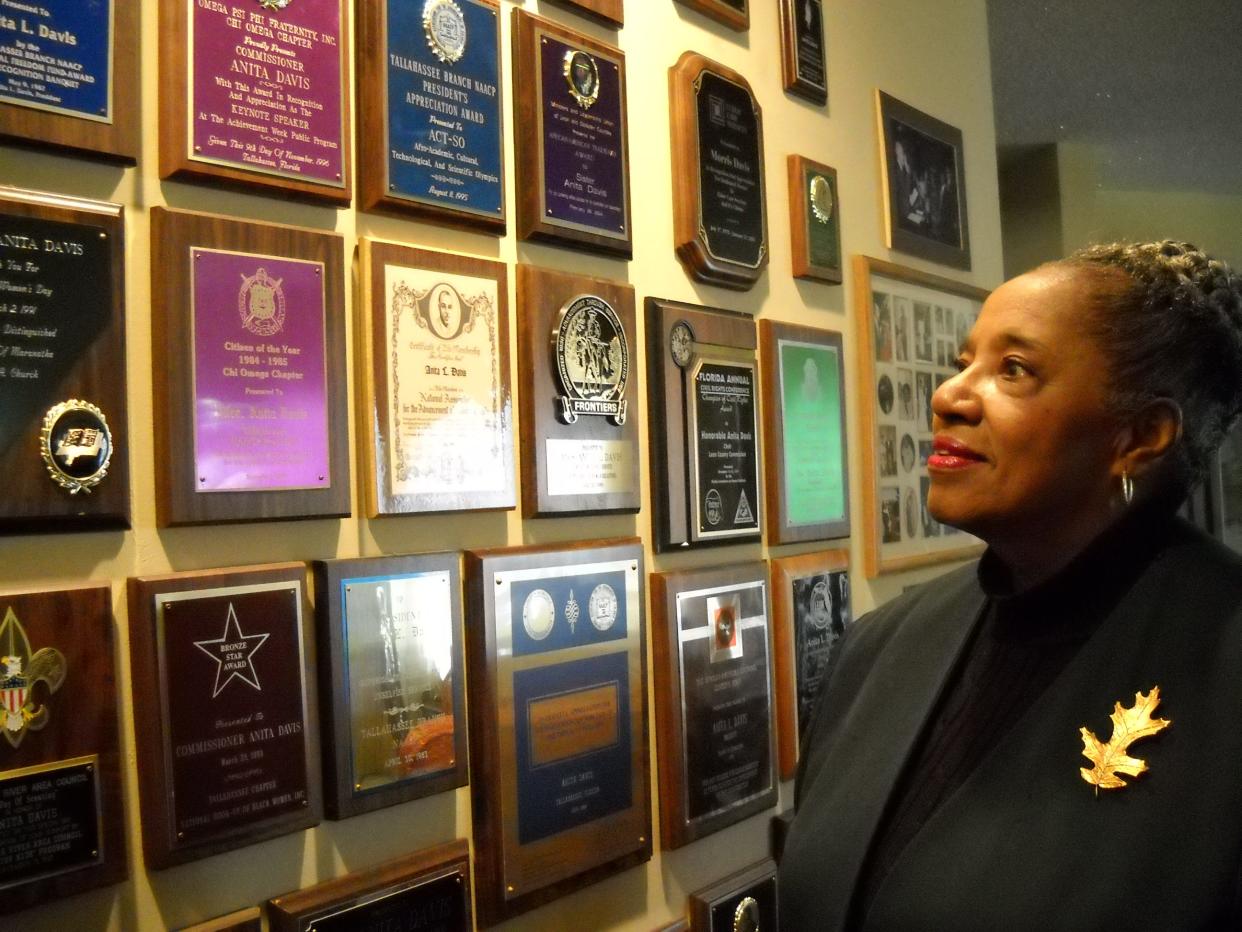
She served as the Commission’s chair in 1993 and resigned in 1996 to run for Congress. Congressman Allen Boyd defeated her in the Democratic primary.
Attorney Mutaqee Akbar is the current president of the NAACP’s local branch and recalls Davis recruited him when he was 8 years old for a technology and scientific Olympics program.
“She did it right. She did the work of the community for the community,” said Akbar.
Thomas Jefferson Appleyard (1850 - 1931)
Thomas Jefferson Appleyard was a teen rebel, state printer, and newspaper publisher who had the Governor and Cabinet serve as pall bearers of his Confederate flag-wrapped casket for a state funeral held at the Capitol.
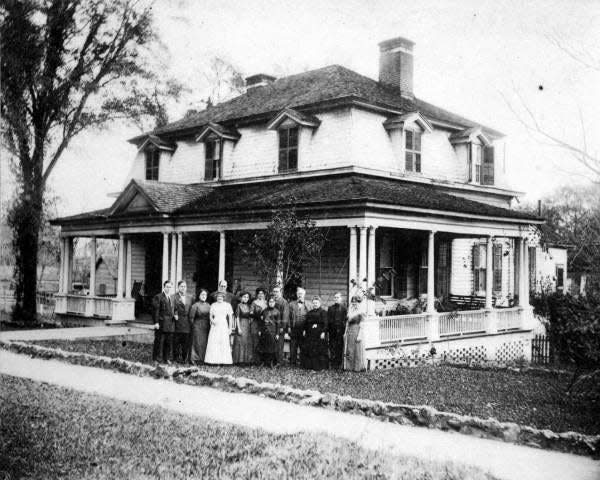
Appleyard came to Tallahassee in 1909 and opened a one-man print shop, landed a state print contract and grew Appleyard Printing into one of the state’s biggest printing houses for more than 25 years.
He also was a founding member of the Florida Press Association, Secretary of the Florida State Senate, a nine-time delegate to the Democratic National Convention, and a member of the Typographical Union – the nation's oldest trade union, despite being a business owner.
Appleyard also reorganized what was then the Tallahassee Chamber of Commerce and was its first chair.
“Tom is a clever fellow,” observed a Jacksonville newspaper during one of Appleyard’s 1920s initiatives. “He stands a good chance of success.”
At one time or another, he was involved in publishing at least six newspapers across the state.
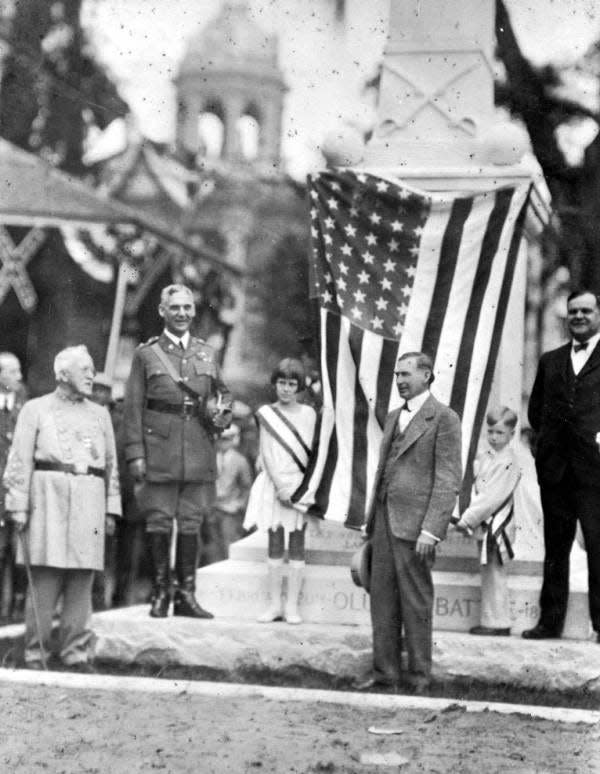
A Virginia native, Appleyard enlisted in the Confederate navy at 12 and served on the ship Patrick Henry. When the rebellion ended, he was paroled at 15 and eventually moved to Tallahassee.
In 1958 the Tallahassee City Commission voted to name a new road to its new airport Appleyard Drive.
Gerald Ensley 1952 - 2018
Among the more than 11,000 articles about Tallahassee that Gerald Ensley wrote are intimate portraits of the people he met, landmarks that caught his eye, and events he was told about after he arrived here in a Volkswagen Beetle from Satellite Beach to enroll at Florida State University in 1969.
Ensley was so taken by his new home it would take him 11 years to earn a degree. He took time to experience Tallahassee as a cab driver, participate in demonstrations, and assess the potential of a fledgling FSU athletic department – all experiences that would inform his storytelling for the Tallahassee Democrat.
When a stroke claimed Gerald Ensley in 2018 the local public radio station announced he was “the man who probably knew more about Tallahassee than just about any other living person.”
He held an opinion on most topics on the minds of people and often expressed them in a loud voice.
A favorite photo among Democrat staff shows Ensley sprawled under a desk to escape the noise of office renovations while he finished an interview. Construction projects were no match for the man.
Ensley won 50 national journalism awards for writing about Tallahassee, one posthumously for his obituary on legendary coach Bobby Bowden. He was a friend, mentor, and colleague to four decades of journalists who passed through the city to cover state politics and collegiate sports.
He asked not to be lionized or for anyone to say his life was worthwhile or use words like courage to describe him.
“I simply did my job writing for the newspaper,” Ensley said when Tallahassee awarded him the Key to the City in 2016. “Everyone has to make their stand somewhere. I made my stand in Tallahassee."
While we appreciate Gerald's humility, this investment in our history wouldn't be possible without his years of community service and his family's support.
This list is part of TLH 200: the Gerald Ensley Bicentennial Memorial Project. Throughout our city's 200th birthday, we'll be drawing on the Tallahassee Democrat columnist and historian's research as we re-examine Tallahassee history. Read more at tallahassee.com/tlh200. Ana Goñi-Lessan can be reached at agonilessan@gannett.com.
This article originally appeared on Tallahassee Democrat: TLH 200: The 200 people who shaped Tallahassee ahead of bicentennial
